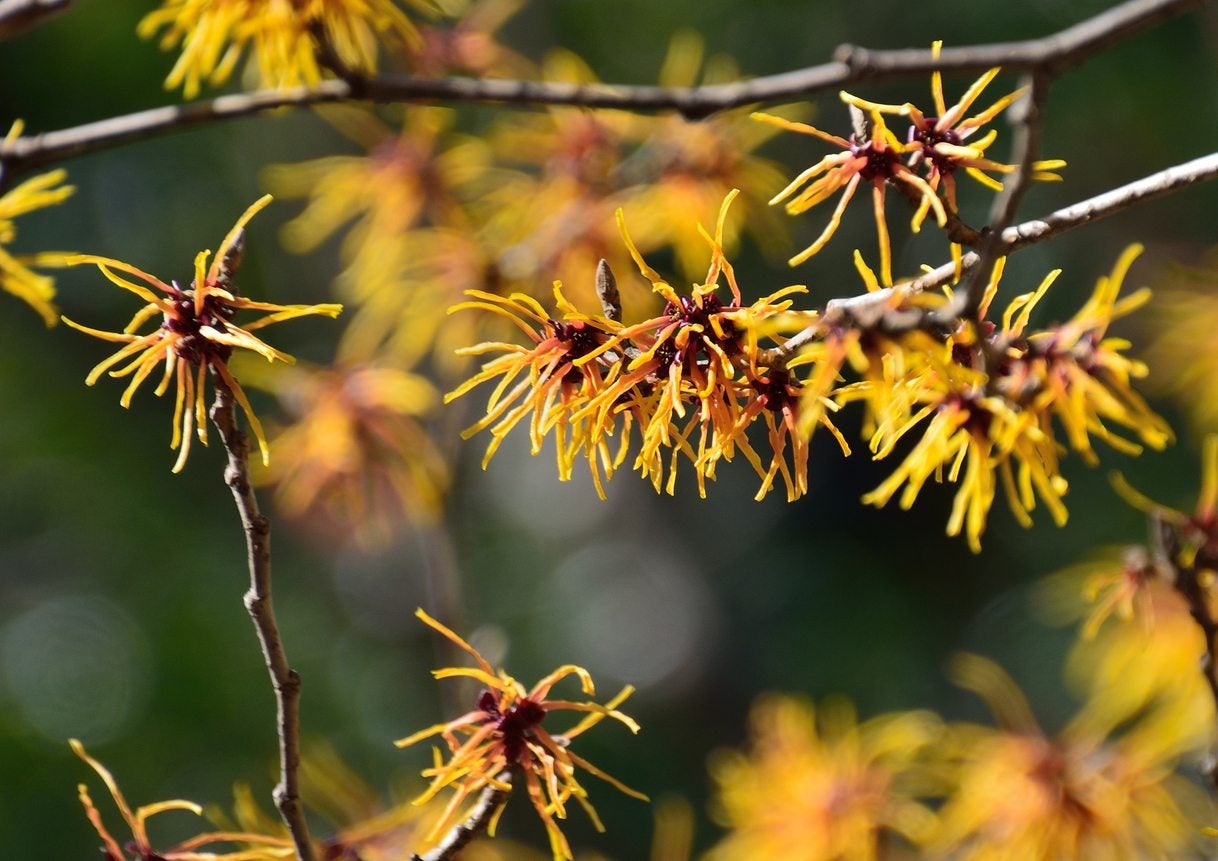Pruning Witch Hazel: Does Witch Hazel Need To Be Pruned


Witch hazel is a shrub that can light up your garden in winter. Does witch hazel need to be pruned? It does. For best results, you’ll need to start pruning witch hazel on a regular basis. If you have questions on when or how to prune witch hazel, then we have answers. Read on for information on witch hazel pruning.
Pruning Witch Hazel
If you are looking for a plant to jazz up your garden in winter, witch hazel (Hamamelis virginiana) is one to consider. This shrub offers red or yellow blossoms that are both fragrant and abundant all winter long. Winter? Yes, you read that right. Witch hazel flowers when little else blossoms. Talk about easy maintenance! The shrub thrives in ordinary soil without fertilizer. You do, however, have to think about witch hazel pruning. Witch hazel doesn’t require special treatment in the garden to perform well. If you want to preserve and accentuate its horizontal growth habit though, you’ll need to do regular witch hazel pruning. When to prune witch hazel in this way? You should do this kind of shape pruning just after the plant finishes flowering. Then, in autumn, prune out suckers growing from the base of the shrub. You’ll want to prune witch hazel back severely if the shrubs are old and need rejuvenation. Prune to rejuvenate them just after flowering.
How to Prune Witch Hazel
If you are pruning witch hazel to shape them, first clip out dead or damaged wood. Prune each branch back to healthy young growth. Trim out any crossing or weak branches. If you are pruning witch hazel to reduce its size, prune back the prior season’s growth to two buds. Leave as many of the floral buds as possible. They are rounder than the oval leaf buds. To rejuvenate a witch hazel, first take out all of the suckers at the base of the plant. Once this done, prune the main stems of the witch hazel to 6 to 10 inches (15-25 cm.) from the ground. Remove all branches and sprouts that have appeared below the graft. Then trim back branches above it to two buds.
Sign up for the Gardening Know How newsletter today and receive a free copy of our e-book "How to Grow Delicious Tomatoes".

Teo Spengler is a master gardener and a docent at the San Francisco Botanical Garden, where she hosts public tours. She has studied horticulture and written about nature, trees, plants, and gardening for more than two decades, following a career as an attorney and legal writer. Her extended family includes some 30 houseplants and hundreds of outdoor plants, including 250 trees, which are her main passion. Spengler currently splits her life between San Francisco and the French Basque Country, though she was raised in Alaska, giving her experience of gardening in a range of climates.